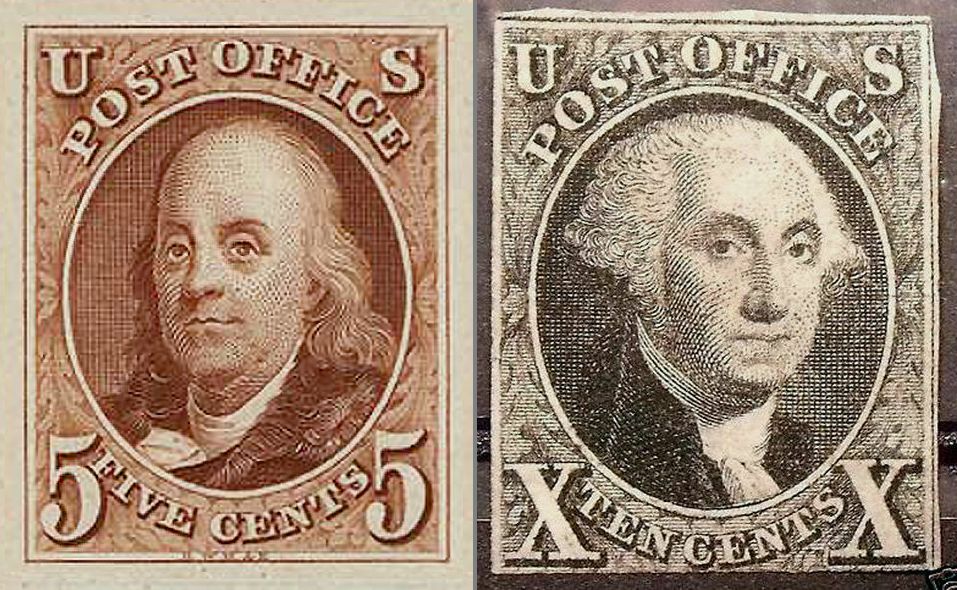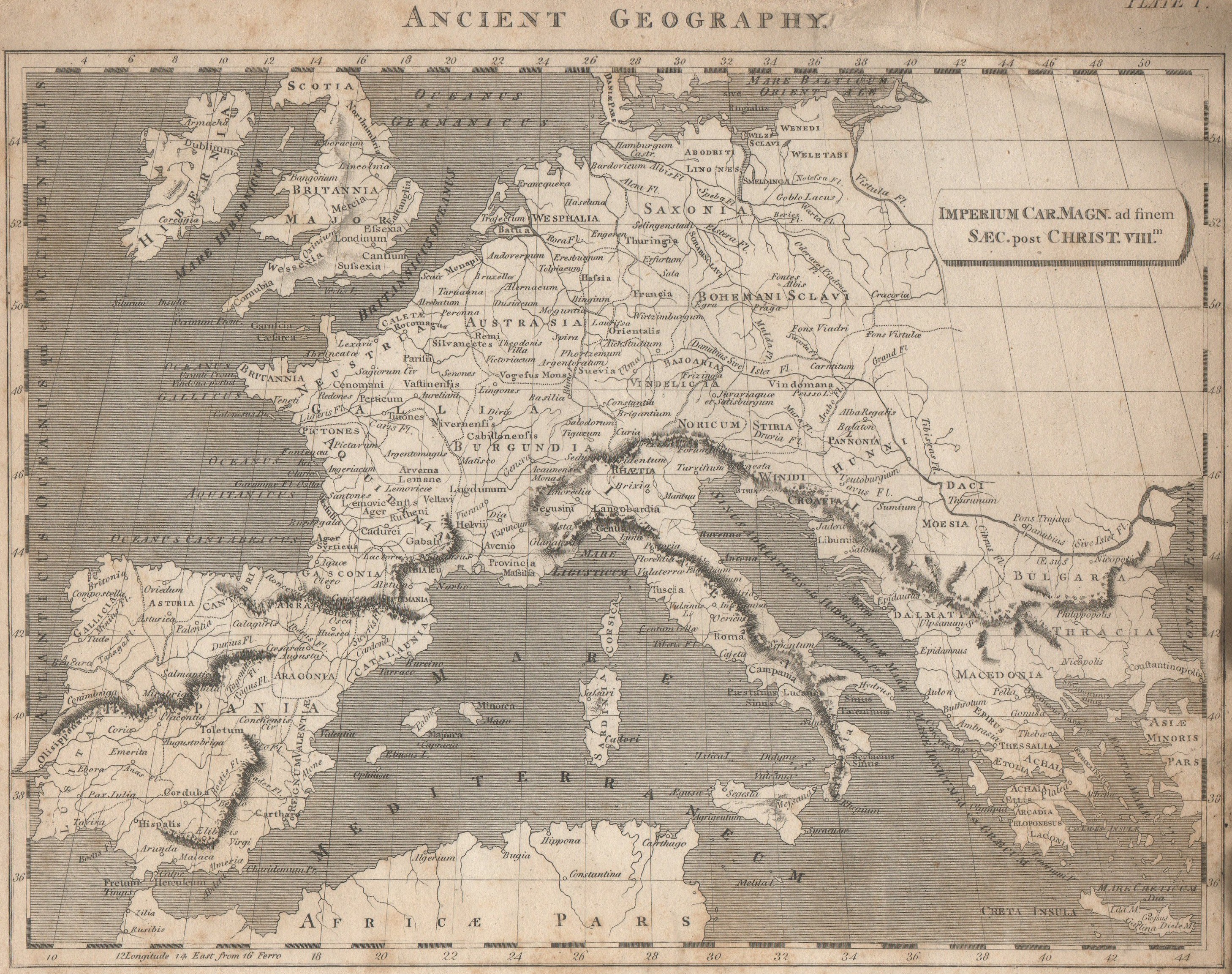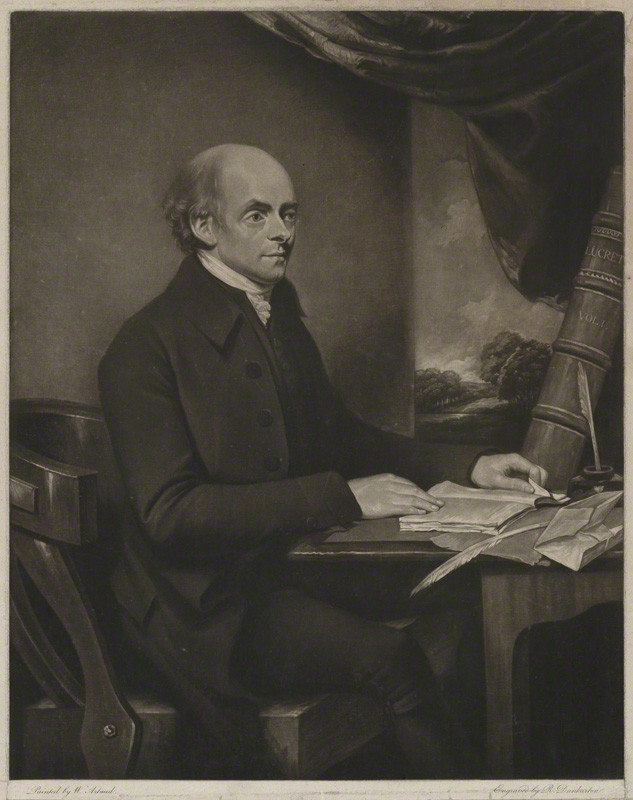|
Charles Rochemont Aikin
Charles Rochemont (or Rochmont) Aikin (1775–1847) was an English doctor and chemist. Biography He was born at Warrington, Lancashire into a distinguished literary family of prominent Unitarians. His father, Dr John Aikin, was a medical doctor, historian, and author. His grandfather, also called John Aikin (1713–1780), was a Unitarian scholar and theological tutor, closely associated with Warrington Academy. His sister Lucy (1781–1864) was a historical writer; one brother Arthur (1773–1854) was a chemist, mineralogist, and scientific writer; another, Edmund, was an architect.For Edmund see: He was adopted as a child by his aunt, Anna Laetitia Barbauld, a prominent poet, essayist, literary critic, editor, and children's author. She and her husband Rochemont ran a dissenting academy (a sort of boarding school for the sons of Dissenters) at Palgrave in Suffolk; Charles was educated at their Palgrave Academy. He is the "little Charles" of Mrs. Barbauld's '' Lessons for Chi ... [...More Info...] [...Related Items...] OR: [Wikipedia] [Google] [Baidu] |
Warrington, England
Warrington () is a town and unparished area in the borough of the same name in the ceremonial county of Cheshire, England, on the banks of the River Mersey. It is east of Liverpool, and west of Manchester. The population in 2019 was estimated at 165,456 for the town's urban area, and just over 210,014 for the entire borough, the latter being more than double that of 1968 when it became a new town. Warrington is the largest town in the ceremonial county of Cheshire. In 2011 the unparished area had a population of 58,871. Warrington was founded by the Romans at an important crossing place on the River Mersey. A new settlement was established by the Saxon Wærings. By the Middle Ages, Warrington had emerged as a market town at the lowest bridging point of the river. A local tradition of textile and tool production dates from this time. The town of Warrington (north of the Mersey) is within the boundaries of the historic county of Lancashire and the expansion and urbanisatio ... [...More Info...] [...Related Items...] OR: [Wikipedia] [Google] [Baidu] |
Palgrave Academy
Palgrave Academy was an early dissenting academy, that is, a school or college set up by English Dissenters. It was run from 1774 to 1785 in Palgrave, Suffolk, by the married couple Anna Laetitia Barbauld and her husband Rochemont Barbauld, a minister. The academy attracted parents who wished an alternative to traditional education for their sons. Beginnings Anna Laetitia Barbauld was born into the tradition of the so-called dissenting academies, as her father John Aikin taught first at Kibworth Academy, where she received a better education than most girls and women of the day, and then at the renowned Warrington Academy, known as "the Athens of the North" for its stimulating intellectual atmosphere. Rochemont Barbauld, the grandson of a Huguenot (French Dissenter), had been a pupil there; the couple married in 1774 and moved to Suffolk, near where Rochemont had been offered a congregation and this school for boys. The couple spent eleven years teaching at Palgrave Academy. Early ... [...More Info...] [...Related Items...] OR: [Wikipedia] [Google] [Baidu] |
19th-century English Medical Doctors
The 19th (nineteenth) century began on 1 January 1801 (Roman numerals, MDCCCI), and ended on 31 December 1900 (Roman numerals, MCM). The 19th century was the ninth century of the 2nd millennium. The 19th century was characterized by vast social upheaval. Slavery was abolitionism, abolished in much of Europe and the Americas. The Industrial Revolution, First Industrial Revolution, though it began in the late 18th century, expanding beyond its British homeland for the first time during this century, particularly remaking the economies and societies of the Low Countries, the Rhineland, Northern Italy, and the Northeastern United States. A few decades later, the Second Industrial Revolution led to ever more massive urbanization and much higher levels of productivity, profit, and prosperity, a pattern that continued into the 20th century. The Gunpowder empires, Islamic gunpowder empires fell into decline and European imperialism brought much of South Asia, Southeast Asia, and almost ... [...More Info...] [...Related Items...] OR: [Wikipedia] [Google] [Baidu] |
19th-century British Chemists
The 19th (nineteenth) century began on 1 January 1801 ( MDCCCI), and ended on 31 December 1900 ( MCM). The 19th century was the ninth century of the 2nd millennium. The 19th century was characterized by vast social upheaval. Slavery was abolished in much of Europe and the Americas. The First Industrial Revolution, though it began in the late 18th century, expanding beyond its British homeland for the first time during this century, particularly remaking the economies and societies of the Low Countries, the Rhineland, Northern Italy, and the Northeastern United States. A few decades later, the Second Industrial Revolution led to ever more massive urbanization and much higher levels of productivity, profit, and prosperity, a pattern that continued into the 20th century. The Islamic gunpowder empires fell into decline and European imperialism brought much of South Asia, Southeast Asia, and almost all of Africa under colonial rule. It was also marked by the collapse of the large S ... [...More Info...] [...Related Items...] OR: [Wikipedia] [Google] [Baidu] |
1847 Deaths
Events January–March * January 4 – Samuel Colt sells his first revolver pistol to the U.S. government. * January 13 – The Treaty of Cahuenga ends fighting in the Mexican–American War in California. * January 16 – John C. Frémont is appointed Governor of the new California Territory. * January 17 – St. Anthony Hall fraternity is founded at Columbia University, New York City. * January 30 – Yerba Buena, California, is renamed San Francisco. * February 5 – A rescue effort, called the First Relief, leaves Johnson's Ranch to save the ill-fated Donner Party (California-bound emigrants who became snowbound in the Sierra Nevada earlier this winter; some have resorted to survival by cannibalism). * February 22 – Mexican–American War: Battle of Buena Vista – 5,000 American troops under General Zachary Taylor use their superiority in artillery to drive off 15,000 Mexican troops under Antonio López de Santa Anna, defeating the Mexicans the next day. ... [...More Info...] [...Related Items...] OR: [Wikipedia] [Google] [Baidu] |
1775 Births
Events Summary The American Revolutionary War began this year, with the first military engagement being the April 19 Battles of Lexington and Concord on the day after Paul Revere's now-legendary ride. The Second Continental Congress takes various steps toward organizing an American government, appointing George Washington commander-in-chief (June 14), Benjamin Franklin postmaster general (July 26) and creating a Continental Navy (October 13) and a Marine force (November 10) as landing troops for it, but as yet the 13 colonies have not declared independence, and both the British (June 12) and American (July 15) governments make laws. On July 6, Congress issues the Declaration of the Causes and Necessity of Taking Up Arms and on August 23, King George III of Great Britain declares the American colonies in rebellion, announcing it to Parliament on November 10. On June 17, two months into the colonial siege of Boston, at the Battle of Bunker Hill, just north of Boston, B ... [...More Info...] [...Related Items...] OR: [Wikipedia] [Google] [Baidu] |
Rees's Cyclopædia
Rees's ''Cyclopædia'', in full ''The Cyclopædia; or, Universal Dictionary of Arts, Sciences, and Literature'' was an important 19th-century British encyclopaedia edited by Rev. Abraham Rees (1743–1825), a Presbyterian minister and scholar who had edited previous editions of '' Chambers's Cyclopædia''. Background When Rees was planning his ''Cyclopædia'', Europe was in the aftermath of the French Revolution, and during serialised publication (1802–1820) the Napoleonic Wars and War of 1812 occurred. Britain absorbed into its empire a number of the former French and Dutch colonies around the world; Romanticism came to the fore; evangelical Christianity flourished with the efforts of William Wilberforce; and factory manufacture burgeoned. With this background, philosophical radicalism was suspect in Britain, and aspects of the ''Cyclopædia'' were thought to be distinctly subversive and attracted the hostility of the Loyalist press. Contributors Jeremiah Joyce and C ... [...More Info...] [...Related Items...] OR: [Wikipedia] [Google] [Baidu] |
Cowpox
Cowpox is an infectious disease caused by the ''cowpox virus'' (CPXV). It presents with large blisters in the skin, a fever and swollen glands, historically typically following contact with an infected cow, though in the last several decades more often (though overall rarely) from infected cats. The hands and face are most frequently affected and the spots are generally very painful. The virus, part of the genus '' Orthopoxvirus'', is closely related to the '' vaccinia'' virus. The virus is zoonotic, meaning that it is transferable between species, such as from cat to human. The transferral of the disease was first observed in dairymaids who touched the udders of infected cows and consequently developed the signature pustules on their hands.Vanessa Ngan, "Viral and Skin Infections" 2009 Cowpox is more com ... [...More Info...] [...Related Items...] OR: [Wikipedia] [Google] [Baidu] |
Central London
Central London is the innermost part of London, in England, spanning several boroughs. Over time, a number of definitions have been used to define the scope of Central London for statistics, urban planning and local government. Its characteristics are understood to include a high density built environment, high land values, an elevated daytime population and a concentration of regionally, nationally and internationally significant organisations and facilities. Road distances to London are traditionally measured from a central point at Charing Cross (in the City of Westminster), which is marked by the statue of King Charles I at the junction of the Strand, Whitehall and Cockspur Street, just south of Trafalgar Square. Characteristics Definitions London Plan The London Plan defines the 'Central Activities Zone' policy area, which comprises the City of London, most of Westminster and the inner parts of Camden, Islington, Hackney, Tower Hamlets, Southwark, Lambeth, Ke ... [...More Info...] [...Related Items...] OR: [Wikipedia] [Google] [Baidu] |
Bloomsbury Square
Bloomsbury Square is a garden square in Bloomsbury, in the London Borough of Camden, London. Developed in the late 17th century, it was initially known as Southampton Square and was one of the earliest London squares. By the early 19th century, Bedford House along the north of the square had been demolished and replaced with terraced housing designed by James Burton. Geography To the north of the square is Great Russell Street and Bedford Place, leading to Russell Square. To the south is Bloomsbury Way. To the west is the British Museum and Holborn is the nearest underground station to the southeast. There are gardens in the centre of the square. History The square was developed for the 4th Earl of Southampton in the early 1660s and was initially known as Southampton Square. It was one of the earliest London squares. The Earl's own house, then known as Southampton House and later as Bedford House after the square and the rest of the Bloomsbury Estate passed by marriage ... [...More Info...] [...Related Items...] OR: [Wikipedia] [Google] [Baidu] |
Anna Letitia Le Breton
Anna Letitia Le Breton ( Aikin; 30 June 1808 – 29 September 1885) was an English author. Early years and education She was born into a distinguished literary and medical family of prominent Unitarians. Her mother was Anne, daughter of the Rev Gilbert Wakefield. Her father was Charles Rochemont Aikin, a member of the Royal College of Surgeons. He had grown up as the adopted child of his aunt, Anna Laetitia Barbauld, a prominent poet, essayist, literary critic, editor, and children's author; he was educated at the school she ran with her husband, the Palgrave Academy. Charles Rochemont Aikin's father was John Aikin (1747–1822), a medical doctor, historian, and author. His siblings/cousins (Anna Letitia's aunt and uncle) were Lucy Aikin (1781–1864), a historical writer, and Arthur Aikin (1773–1854), a doctor and chemist. Le Breton was educated at home in London and saw much of her namesake great-aunt and other members of the Aikin family. She had eight children. ... [...More Info...] [...Related Items...] OR: [Wikipedia] [Google] [Baidu] |
Gilbert Wakefield
Gilbert Wakefield (1756–1801) was an English scholar and controversialist. He moved from being a cleric and academic, into tutoring at dissenting academies, and finally became a professional writer and publicist. In a celebrated state trial, he was imprisoned for a pamphlet critical of government policy of the French Revolutionary Wars; and died shortly after his release. Early life and background He was born 22 February 1756 in Nottingham, the third son of the Rev. George Wakefield, then Rector (ecclesiastical), rector of St Nicholas' Church, Nottingham but afterwards at Kingston-upon-Thames, and his wife Elizabeth. He was one of five brothers, who included George, a merchant in Manchester. His father was from Rolleston, Staffordshire, and came to Cambridge in 1739 as a sizar. He had support in his education from the Hardinge family, of Melbourne, Derbyshire, his patrons being Nicholas Hardinge and his physician brother. In his early career he was chaplain to Margaret Newt ... [...More Info...] [...Related Items...] OR: [Wikipedia] [Google] [Baidu] |





.png)

